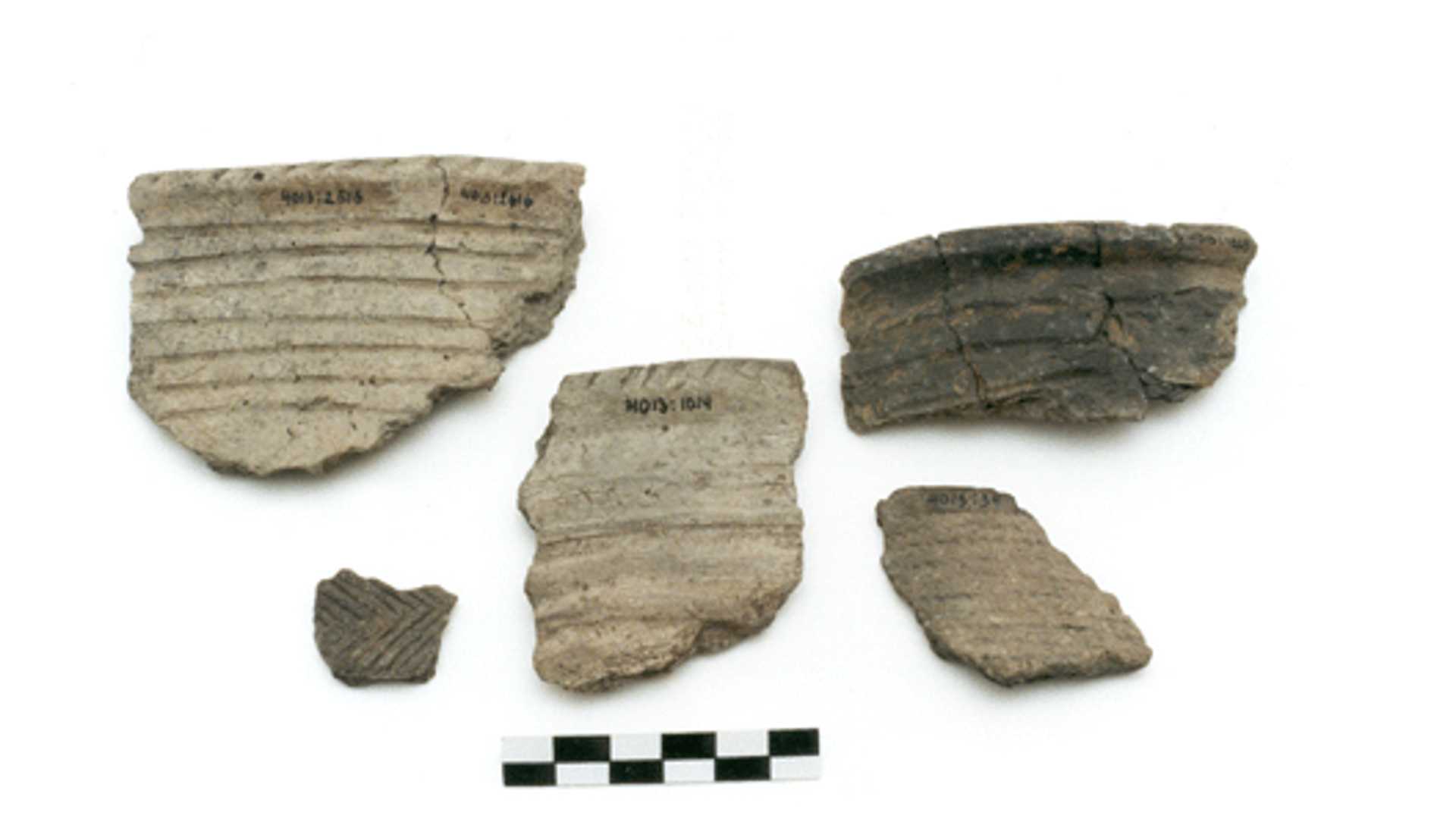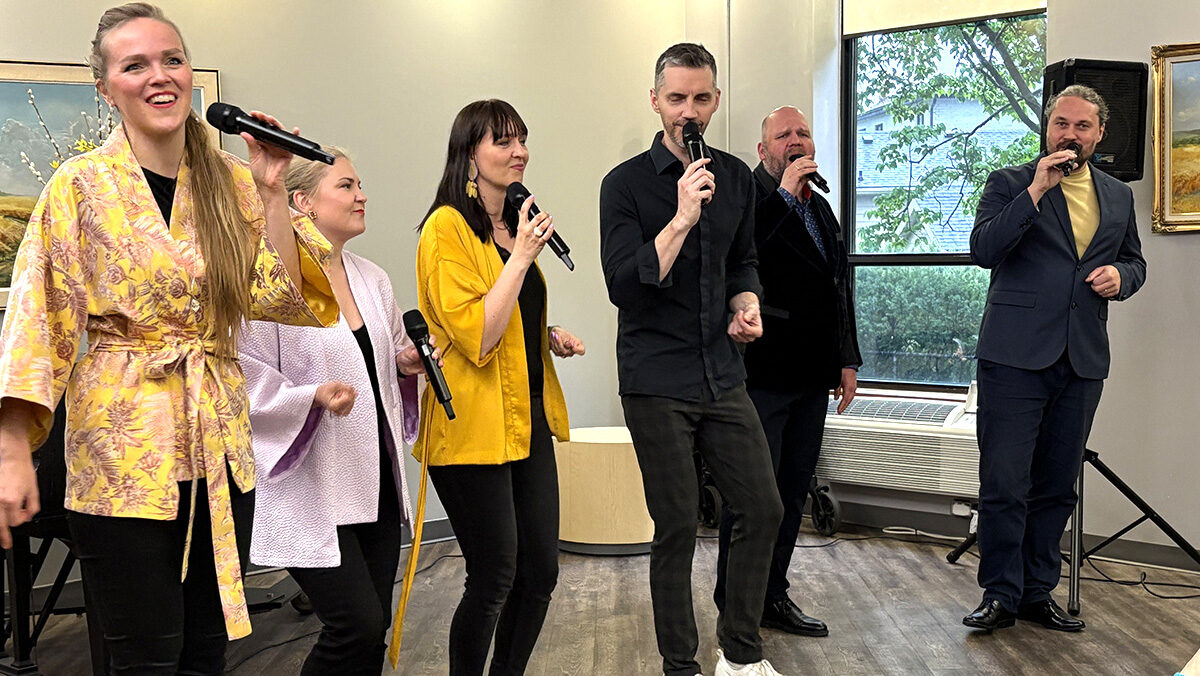As described in a 2017 issue of the journal Current Biology, while all of this was happening nearly 5,000 years ago, the first indications of crop cultivation had appeared in Estonia. However, “intensive cultivation and animal husbandry” was yet to begin. In the journal, it's said that these developments were associated with a shift from the Comb Ceramic Culture to what's known as the Corded Ware Culture (or nöörkeraamika kultuur).
Both of these cultures are identified by the markings made on their ceramics. In the pottery of the Comb Ceramic Culture, you'll see short diagonal lines scraped across the pottery; whereas the pottery of the Corded Ware Culture (hereafter “CWC”) has concentric circles and patterns going around it, which look like cords. Other trademarks of the CWC were their burial practices, where knees were tucked into the chest, as well as the crafting of stone battle axe heads.
What's significant about the narrative of the CWC people? For one thing, it shows the fluidity of settlements in Estonia and the rest of ancient northern Europe.
Some archaeologists hypothesize that the CWC is partially descended from the nomadic Yamnaya Culture (from the steppe that extends across present-day Ukraine, Russia, and Kazakhstan), who moved west, along with their cattle. The Yamnaya invaded and had children with the agrarian people living in northern Europe, including present-day Estonia. The CWC are, in turn, the progenitors of people across this region. And though it has proven controversial in archaeological circles, some academics have posited that the movement of the Yamnaya Culture is behind the spread of Indo-European languages.
Dr. Kristian Kristiansen from the University of Gothenburg explains how Yamnaya raids and a plague outbreak in circa 3000 BCE enabled their integration into the areas they invaded. In a Live Science article from 2017, it's suggested, based on Dr. Kristiansen's research, that “Neolithic women, familiar with making ceramics, probably developed corded ware pottery in order to evoke the woven and wooden containers that would have been familiar to the Yamnaya husbands.”
In 2018, archaeologist Dr. Elisabeth Holmqvist-Sipilä, of the University of Helsinki, wrote that “In traditional societies it is usually women who are in charge of the pottery craft and it is also common for women to relocate upon marriage… It is likely that the first Corded Ware Culture artisans to arrive at the Fenno-Baltic and Swedish coasts were women who had learned their craft at their place of birth. They would have begun to use the clay available at their new home, but they mixed it with crushed pieces of pottery they had brought with them.” This may have been done to preserve the memory of their original homes.
This kind of pottery was made in and traded between Estonia, Finland, and Sweden. Pottery was a prized possession brought along even during relocation, allowing us to see where people moved.
Finally, as developed in a 2007 research paper by Lembi Lõugas, Aivar Kriiska, and Liina Maldre, excavation of neolithic graves across mainland Estonia and the islands has “helped to date the spread of the Corded Ware Culture, and since these graves contained bones of domestic animals, they also shed some light on the timing of the adoption of animal husbandry in the East Baltic region.” These burials are dated between 2900 and 2100 BCE.
The paper concludes that subsistence agriculture in Estonia developed no earlier than 1,000 BCE—the path from hunting and gathering to agriculture was delayed due to how bountifully the forests and coastlines provided game and fish.
I've often heard archaeologists joked about because of their interest in pottery, but domestic wares like these clarify the trajectory of civilizations through trade, migration, and invasion.
This article was written by Vincent Teetsov as part of the Local Journalism Initiative.




